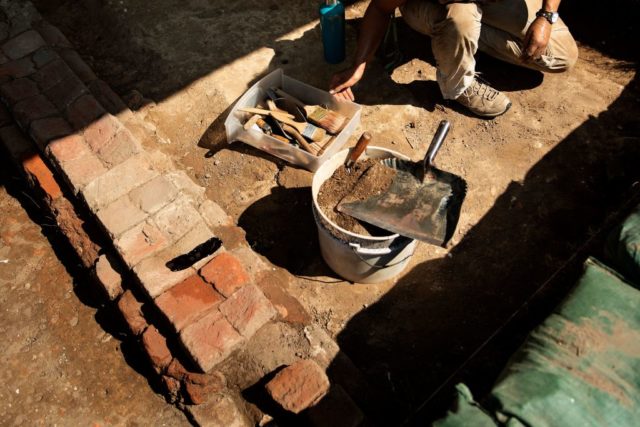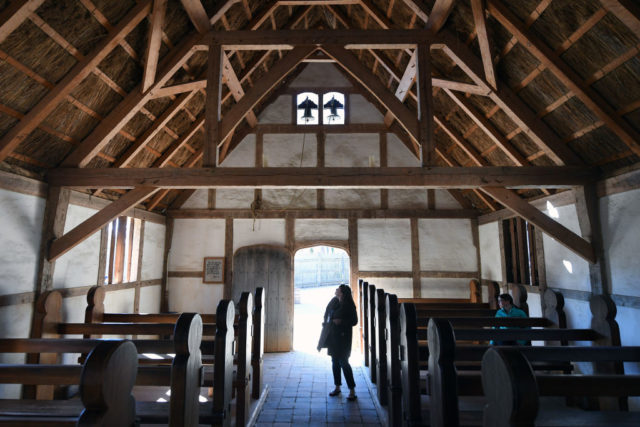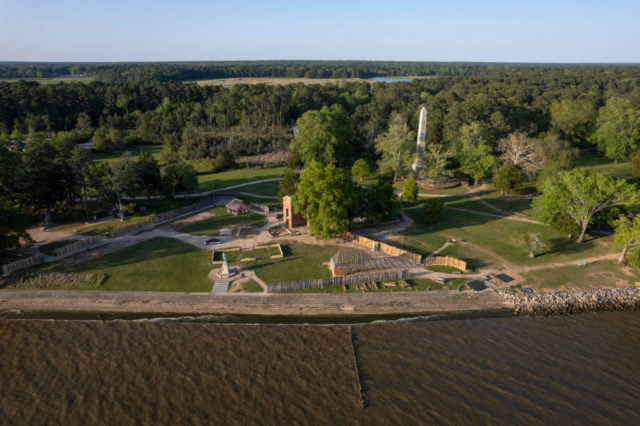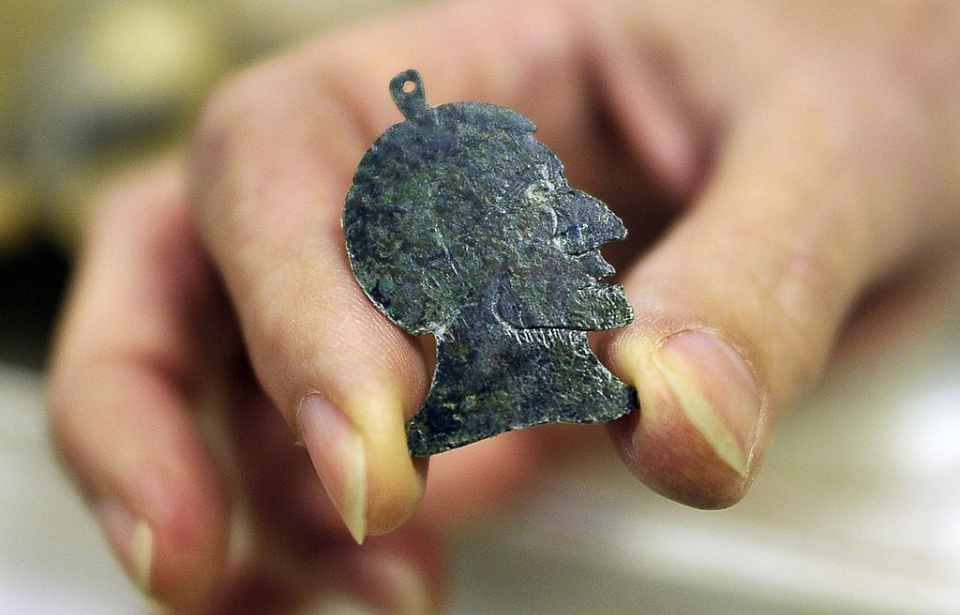The historic settlement at Jamestown, Virginia and the many artifacts yet to be discovered there are threatened by the imminent destruction of rising water levels. The historic fort has survived countless battles, but Jamestown is quickly losing the battle against climate change.
400 years of history at risk

Considered to be the first permanent English settlement in America, Jamestown has over 400 years of archeological history that has helped historians to understand what life was like in 17th century America for the hundreds of colonists that arrived to settle the land.
Adjacent to the original plot of the settlement, Jamestown Settlement is a living-history museum centered around a re-constructed version of the historic village. Today, visitors can explore the site and experience re-enactments of daily life in the settlement including the fort, a Powhatan Native American village, and replicas of the ships that brought settlers to the colony.
A race against time

Recently, archeological digs being conducted are threatened by rising water levels in the James River, which surrounds the Jamestown area. Chief preservation officer for the Jamestown Rediscovery Foundation told The Washington Post:
“Jamestown demonstrates that the threats to our cultural resources from a changing climate are incredibly urgent… We have a five-year window to make an impact. … This isn’t something that can wait 10 or 15 years.”
Now on the list of most endangered historic sites in America for 2022, the race to save Jamestown and the hundreds of artifacts and human remains that have yet to be excavated is underway.
The first line of defense used during archeological digs are sandbags and water pumps that help remove excess water from dig sites. The water can interfere with the preservation and research of artifacts. Metals can rust easier, which could impact the accuracy of carbon dating, and stone or bone fragments can be irreparably damaged by water.
The cost of climate change

More from us: Climate change and the Chinchorro Mummies
Currently, the Jamestown Rediscovery Foundation is raising money to replace the 100-year-old concrete sea wall that protects the settlement from flooding. A century of erosion against the concrete has threatened the wall’s effectiveness. But a new sea wall is just the start if Jamestown is going to survive the effects of climate change.
Implementing a better drainage system, raising roads, and building infrastructure to prevent flooding will cost the site tens of millions of dollars. With so much to do and only a handful of years to outrun the permanent damage of climate change, Jamestown is once more pioneering American history by raising awareness about the changing climate and all that could be lost without action.
